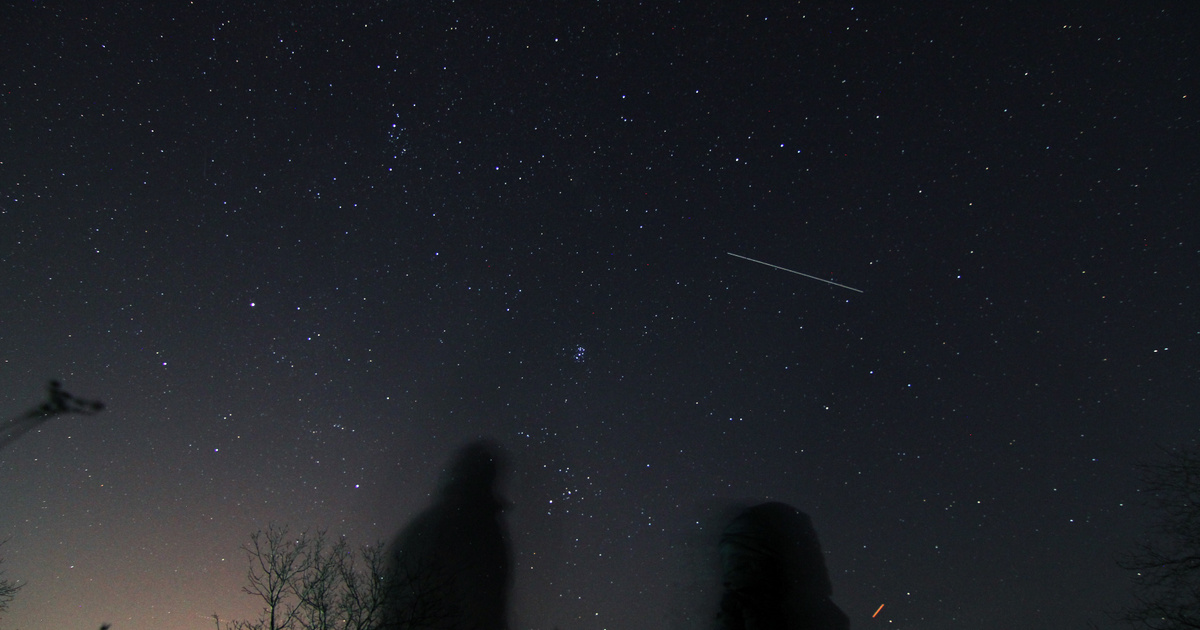The famous physicist has long claimed that aliens have come close to our planet several times. In 2017, when an interstellar object called ‘Oumuamua passed through the solar system, it vigorously argued that the space traveler was of alien origin. Although this was denied by many of his colleagues, he stuck to his claim and postulated that the close passage of many interstellar objects.
In 2014, a fireball traveling at incredible speed crashed into the Pacific Ocean. This was the IM1 meteorite, which Loeb and his colleague calculated to be of interstellar origin. The fireball was ignited by atmospheric friction as it moved toward the Earth, leaving behind a trail of molten iron droplets. Loeb and his colleagues thought that the interstellar coins could be picked up from the Pacific Ocean using strong magnets. Now he told Fox News Digital:
The high velocity and density of anomalous material in IM1 indicates the presence of a natural environment other than the solar system or a technological extraterrestrial civilization.
Why is it uncommon?
The meteorite is harder and has more physical strength than all the space rocks classified by NASA. Could this be the first solid evidence that a “spacecraft” from an “extraterrestrial technological civilization” has crashed on our planet?
About two dozen people, including scientists from the Harvard Galileo Project expedition, the ship’s crew, and the makers of documentaries, set out on June 14 aboard the Silver. The team scoured the sea floor and pulled a magnetic sled into the deep sea to collect pieces of debris.
But regardless of whether the object was man-made or natural, Loeb says it must have come from outside the solar system.
Last year, scientists and technicians from the US Space Command Certain Loeb and his colleague’s calculations, according to which it is 99.999% certain that the object came from beyond the Sun. The official document has also been sent to NASA.
lube (from note led by their exciting mission) and his team A.J Thanks to X-ray spectroscopy on ships Iron was found to be the dominant component of IM1 pellets. During X-ray spectroscopy (XRF), the atoms of the solid sample are irradiated with X-ray photons of continuous spectrum and are thus ionized. The kinetic energy of the outgoing electron will be the difference between the binding energy of the photon and the electron.
Loeb and his research team will now work to discover atomic elements and isotopes from the debris that can tell us about the origin of the interstellar being or possibly its aliens. Loeb described the event as unique.
Connie’s neighbor had never left a package on our doorstep before.
According to him, this is the first time we can get our hands on interstellar matter.
(Cover photo: NurPhoto/NurPhoto/Getty Images)












































